Richard Keen, 7th Field Ambulance
By Marg Powell, Specialist Library Technician, Metadata Services | 18 August 2015
The story of Private Richard "Dick" Gawith Keen, is also the story of the 7th Australian Field Ambulance during the First World War. His portrait was located in a seemingly unrelated collection in the State Library of Queensland, as part of the QANZAC 100 team's activities.
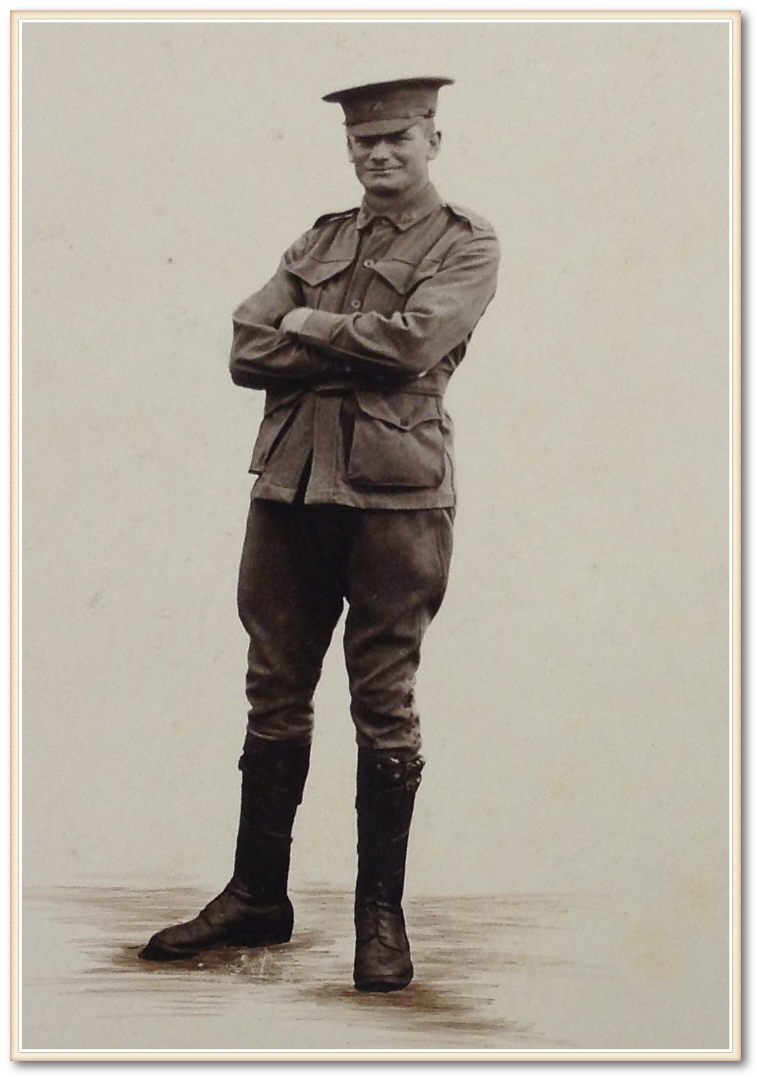
Private Richard Gawith Keen, 7th Australian Field Ambulance. 3072 Caldwell Family papers and photographs, State Library of Queensland
Dick Keen was a Bank Officer before he enlisted on 1st April 1915, just weeks before the ill-fated Gallipoli operations commenced. He was assigned to A-Section, Tent Subdivision, commanded by the very capable Lt. Colonel (Surgeon) Robert Huxtable, supported by Captains (Doctors) Ernest Culpin and Augustus Kelsey.
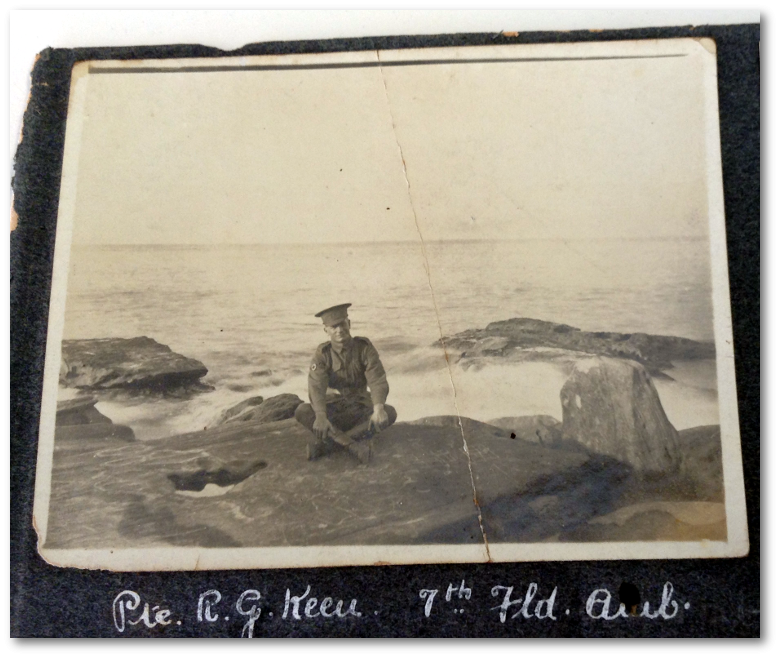
Private Richard Keen, prior to embarkation, 1915. 3072 Caldwell Family papers and photographs, State Library of Queensland.
With just 6 weeks training at Enoggera they left Brisbane bound for Egypt, by now aware of the fate that had befallen the earlier volunteers. When they arrived in Polygon Camp, near Cairo the 1st Australian General Hospital was already treating the wounded and sick from the Peninsula.
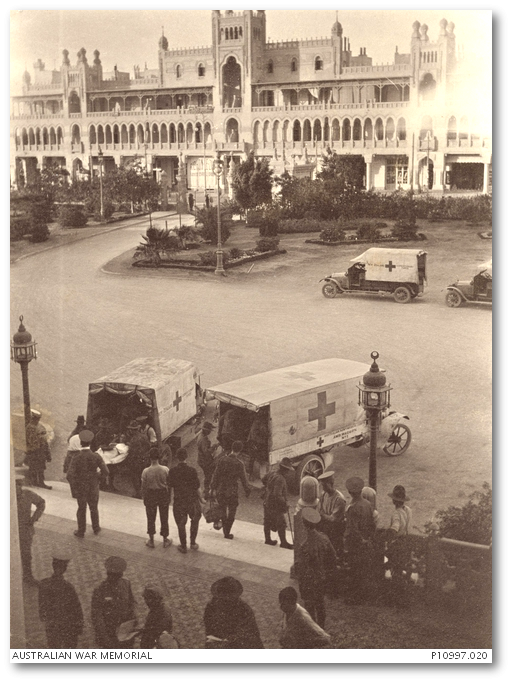
Motor ambulances of the New Zealand Expeditionary Force and the Australian Army Medical Corps being unloaded at the Heliopolis Palace Hotel, the site of No. 1 Australian General Hospital. Image courtesy the Australian War Memorial, Accession number: P10997.020
The unit relieved the 4th Field Ambulance in early September 1915 at Walden's Point, a hiccup in the transport arrangements meant that their tents had been left behind at Lemnos ... then sent back to Alexandria.
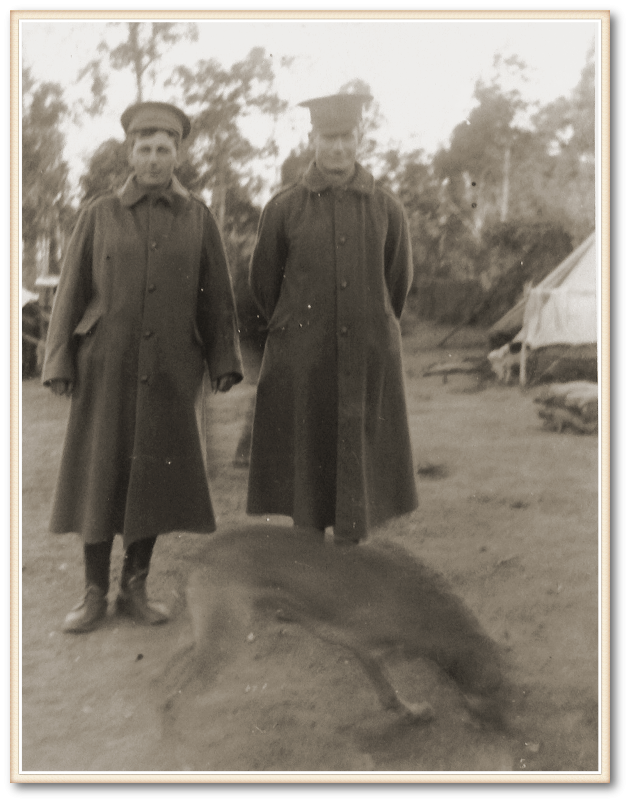
Henry 'Harry' Raymond Homer (1895-1915) and Richard 'Dick' Gawith Keen, Enoggera encampment, 23rd May 1915. 3072 Caldwell Family papers and photographs, State Library of Queensland
A-Section of the 7th Field Ambulance was made up primarily of Queensland volunteers. Dick Keen was in familiar company, he is pictured here with one of three Homer brothers from Indooroopilly who served with 7th Field Ambulance & 26th Infantry Battalion.
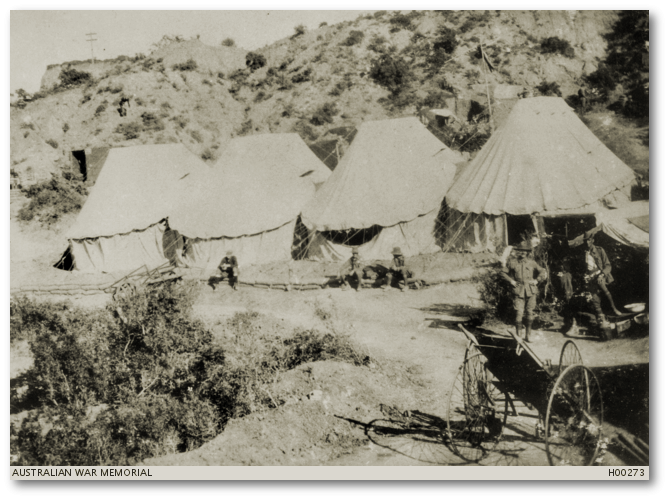
A section of the camp of C Section of the 7th Australian Field Ambulance at Chailak Dere, Gallipoli Peninsula, October 1915. Image courtesy the Australian War Memorial, Accession number H00273.
The unit stayed on the Peninsula until ordered to evacuate in the second week of December. Reformed at Tel-el-Kebir, by March 1916 they had taken over Chateau Morbeque, in France and opened their doors to receive wounded from the Battalions fighting in the Western Front.
In July 1916 the Australian forces were heavily involved in the bloody engagement at Fromelles, followed by offensives at Pozieres and Mouquet Farm, in six weeks they suffered approx. 28,000 casualties.
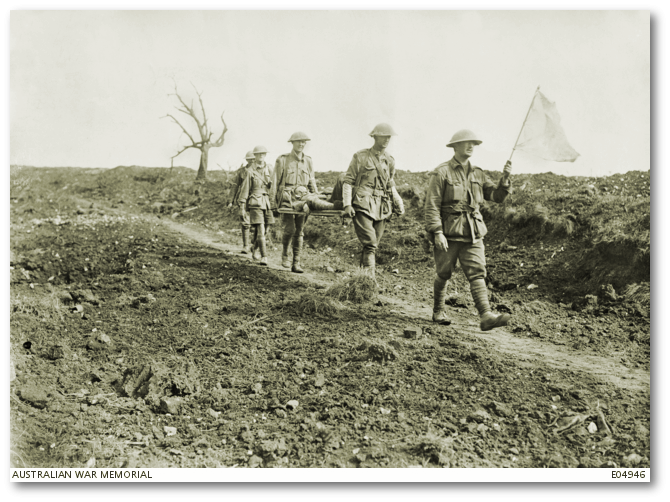
Australian stretcher bearers coming in under a white flag, passing the old cemetery of Pozieres, having come from the line near Mouquet Farm, 28 August 1916. Image courtesy the Australia War Memorial, Accession number E04946
The 7th Field Ambulance served with the 7th Brigade of the 2nd Division, which comprised the 25th (Qld), 26th (Qld/Tas), 27th (SA) and 28th (WA) Infantry Battalions.
There are several collections of diaries and letters, held by the State Library of Queensland that describe these events first hand ... including those by Sergeant Robert Brett and Private Charles Lawie both of the 25th Infantry Battalion.
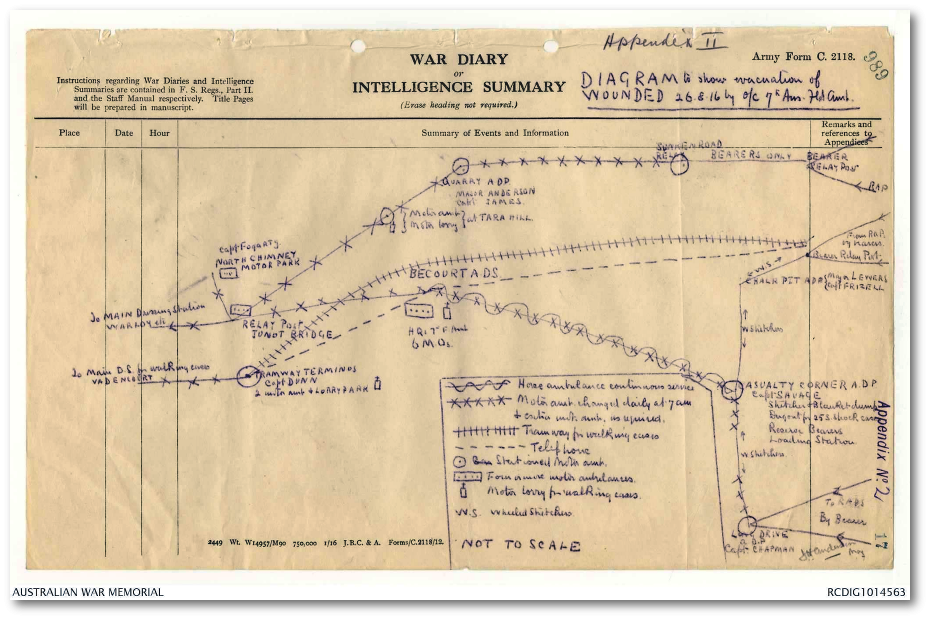
Excerpt from Unit War Diary, 7th Australian Field Ambulance, August 1916. Courtesy the Australian War Memorial, Accession Number RCDIG1014563.
In August 1916 the stretcher bearer parties were working in the 'collecting zones' at Pozieres, where the wounded had been carried by regimental stretcher bears back from the front line.
On the 26th August they received an urgent request to relieve the 5th Field Ambulance bearers who had been on duty continuously for 13 days. 63 bearers were sent to CHALK PIT, roads were impassable for motorised vehicles, heavy artillery fire resulted in killing 8 bearers with one shell as they moved near to the firing line.
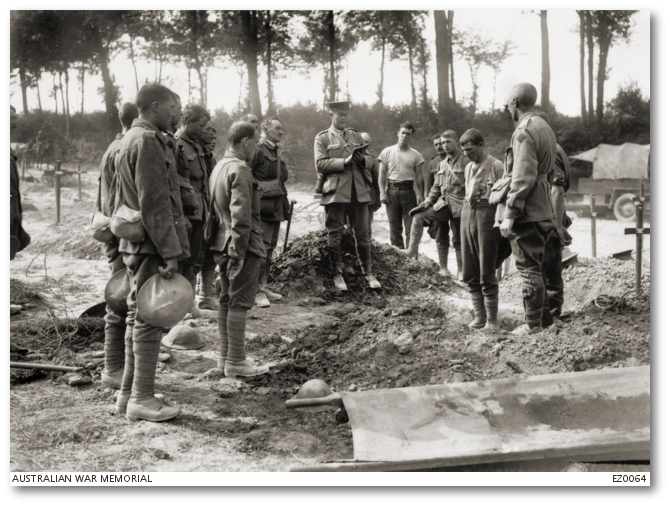
Burial service beside the grave of a fallen Australian soldier, Becourt, France. Courtesy the Australian War Memorial, Accession Number EZ0064. Unknown British Official Photographer, August 1916.
Dick Keen remained with his section throughout 1916, 1917 and 1918, there is no indication of misdemeanour or illness on his service record. The Unit moved where they were needed and between July and November 1916 alone they set up camp at the following sites:

7th Australian Field Ambulance, camps between July and November 1916. Image courtesy author.
There is mention of him in a letter published in 1918 in the Maryborough Chronicle, Wide Bay and Burnett Advertiser, written by Private Hatton, 26th Infantry Battalion who notes: Dick obviously kept his sense of humour and was able to stay out of harm's and the enemy's way.
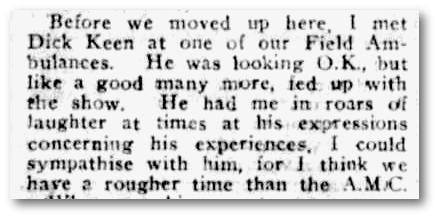
Letter from the front by Private Hatton, 26th Infantry Battalion. Maryborough Chronicle, Wide Bay and Burnett Advertiser, 19 July 1918 page 6.
He returned home to Australia in April 1919 and resumed his career with the Bank, travelling to various postings around the country as he progressed to the position of Manager
Dick married Beatrice Annie Mansbridge in 1928 in Perth, the daughter of the distinguished Colonel W.O. Mansbridge who was awarded the DSO for his actions on the day of the landing on Gallipoli 25th April 1915.
Further reading:
- Unit Diary, 7th Field Ambulance, Australian War Memorial
- Service Record: KEEN RICHARD GAWITH, Series B2455, National Archives of Australia
- Letter from the Front. Maryborough Chronicle, Wide Bay and Burnett Advertiser, 19 July 1918, page 6
- 3072 Caldwell Family papers and photographs, State Library of Queensland
Comments
Your email address will not be published.
We welcome relevant, respectful comments.